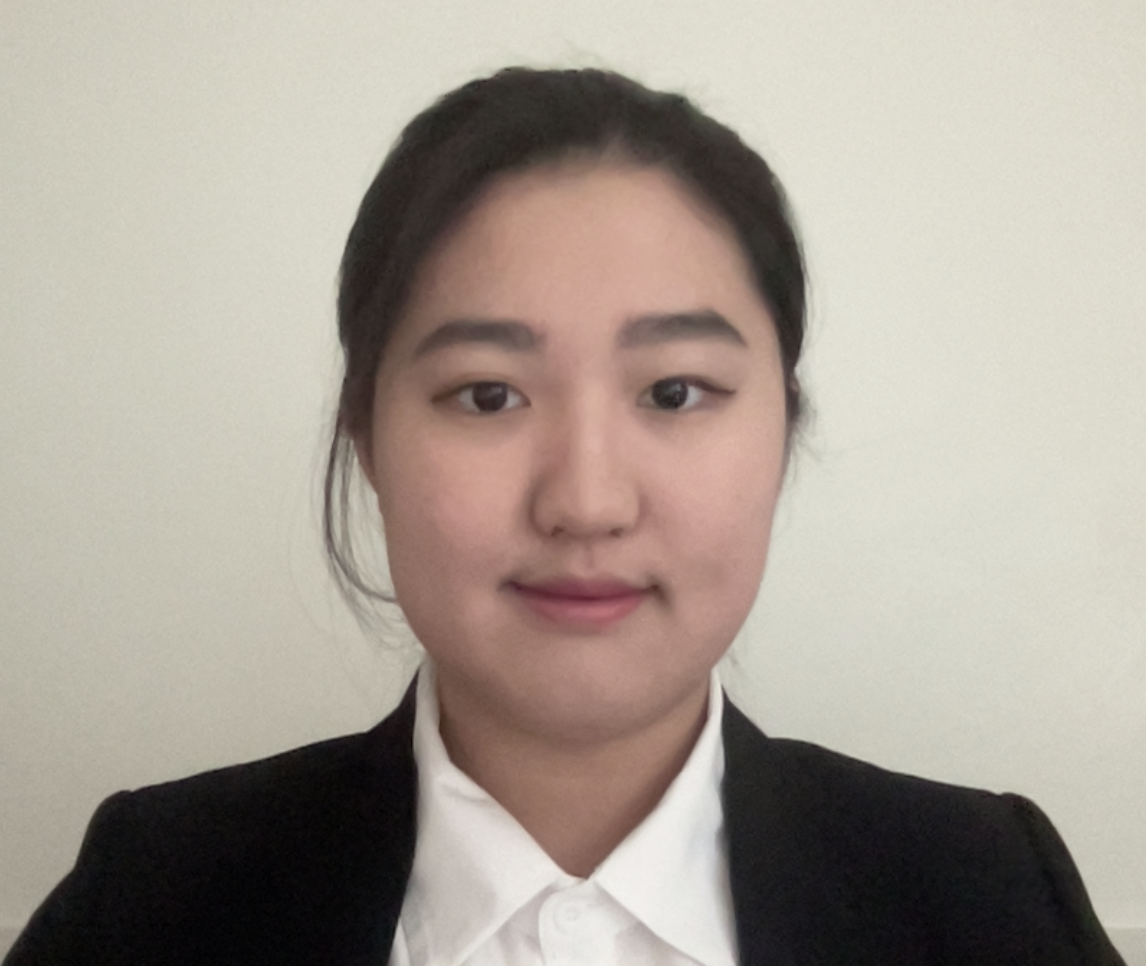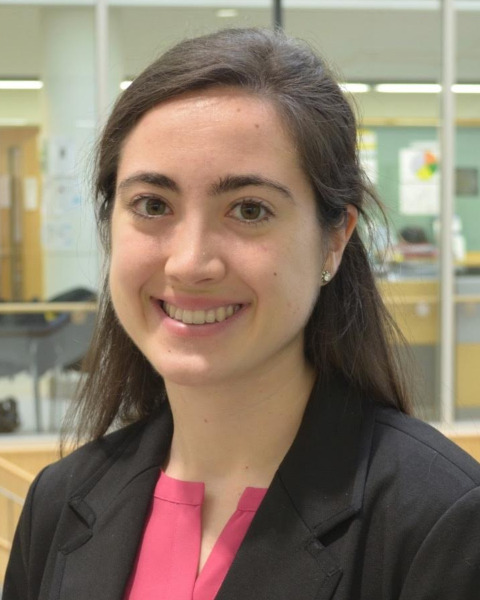Cancer Technologies
Hyaluronic Acid Synthase overexpression promotes the expansion of breast epithelial spheroids
(F-211) Hyaluronic Acid Synthase overexpression promotes the expansion of breast epithelial spheroids

Ju Hee Kim (she/her/hers)
Undergraduate Researcher
Cornell University
New York, New York, United States
Brittany Schutrum (she/her/hers)
PhD Candidate
Cornell University
Elmira, New York, United States- CF
Claudia Fischbach
Professor
Cornell University, United States
Presenting Author(s)
Co-Author(s)
Primary Investigator(s)
Over the past decade, there has been a surge in cancer incidence worldwide, accounting for nearly one in every six deaths. Breast cancer is one of the most prevalent cancers, with over 2.3 million cases diagnosed globally in 2020, which is 12.5% of all cancer diagnoses. Clinical studies have found that patients with an accumulation of excess hyaluronic acid (HA) within the breast had lower survival rates and greater severity of breast cancers. However, there is a lack of scientific understanding by which mechanisms HA worsens the clinical prognosis of breast cancer patients. This research aims to narrow this gap in knowledge by examining how HA overproduction impacts the growth characteristics of hyperplastic breast lesions.
Hyaluronic acid is a glycosaminoglycan that can be produced within the body by three different isoenzymes of hyaluronic acid synthase (HAS): HAS1, HAS2, and HAS3. HA content in tissues is mainly attributed to HAS2 and HAS3, which have higher enzymatic activities than HAS1. When HAS2 or HAS3 is overexpressed, it leads to the excessive accumulation of HA, which can facilitate the development of malignant breast cancer. Hence, there has been increasing investigation into the potential of using these two enzymes as a biomarker to detect and predict the prognosis of breast cancer. In alignment with this interest, this study focused on developing a 3D-engineered tumor spheroid model system mimicking the conditions of HA overproduction of breast epithelial cells to identify the effects the overexpression of HAS2 and HAS3 has on spheroid growth and expansion.
Materials and Methods::
In this study, MCF10A breast epithelial cells were genetically modified using lentiviral transduction to overexpress HAS2 or HAS3 under the control of a doxycycline-inducible promoter. Parental MCF10As went through the transfection process but do not overexpress HAS. The hanging drop method was used to create 3D multicellular spheroids in order to recapitulate hyperplastic breast lesions. Three different types of spheroids, Parental, HAS2 overexpressing, and HAS3 overexpressing spheroids, were grown in suspension in agarose-coated plates for 2 days to investigate spheroid phenotype. As a control, spheroids were analyzed without induction of HAS overexpression with doxycycline to serve as a baseline and to validate that HAS overexpression was dependent on doxycycline administration. Brightfield images of the spheroids were taken daily to monitor changes in spheroid size and morphology over time. After 2 days in suspension culture, the percent change in the size of the spheroids was quantified using ImageJ software to determine whether overexpression of the different HAS isoforms caused size changes compared to their non-induced counterparts. At the end of the culture period, the change in the number of cells in each spheroid before and after the induction with doxycycline was investigated using QuantiFluor™ DNA assay. Fixed spheroids were paraffin-embedded and H&E stained to visualize the spheroid structure.
Results, Conclusions, and Discussions::
Brightfield images (A, B) and quantitative analysis of percent change in size (C) for doxycycline-induced and non-induced spheroids for two days indicate HAS2/3 overexpression promotes a statistically significant increase in the size of MCF10A spheroids compared to spheroids from parental cells or non-induced counterparts. Analysis of DNA content revealed this increase in size was not due to HAS2/3-dependent changes in cell growth (D). These results suggest that induction with doxycycline and the subsequent upregulation of HA synthesis causes an increase in the spheroid size independent of changes in cell numbers. The histology of the spheroids supports this conclusion as it shows an increase in cell-free space (E) within the induced HAS2/3 spheroids compared to the parental spheroids. A concurrent experiment in the lab lysed spheroids, analyzed the intraspheroidal fluid with an HA ELISA, and detected elevated HA in the HAS2 (857 µg/mL) and HAS3 (1040 µg/mL) spheroids as compared to the parentals (26 µg/mL). Based on these study outcomes, we hypothesize that the observed cell-free spaces in the spheroids are filled with accumulated HA.
Overall, the results of these experiments provide us with the understanding that the overexpression of HAS causes the expansion of the spheroids due to the formation of cell-free/HA-filled lumens within the spheroids. The study is limited in that there is no extracellular matrix or other breast cell types, hence less representative of the in vivo breast tissue environment. To address this shortcoming, there are concurrent studies in the lab investigating the growth, expansion, and accumulation of intracellular HA in matrix-confined spheroids embedded in collagen hydrogels to recapitulate the breast stroma. Nonetheless, our design is useful for further studying HA and breast tumor relationships and in testing treatments for breast cancer by targeting HA synthesis. Additionally, our model opens doors to a model of breast cysts, a common medical condition currently understudied despite it being associated with increased risk for the development of breast cancer in women.
Acknowledgements (Optional): :
References (Optional): :
